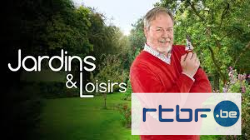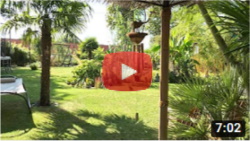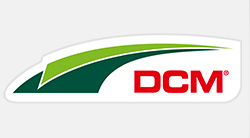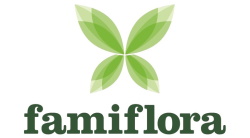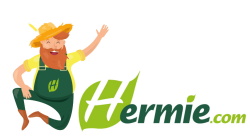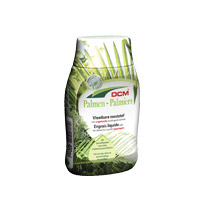“NPK 6-4-6 with micronutrients” indicated on the packaging. But what does this actually mean?
Which type of soil?
Whether a plant needs to be fertilized, what quantity, what product and when depends largely on the type of soil. In the garden plants are normally much less dependent on additional fertilizer application, since by decomposition new nutrients are constantly added. However, sandy soil does not retain nutrients as well because it rinses out faster. In sandy soil it is therefore wise to fertilize more often than in clay soil.
In pots there is a need for fertilization. Otherwise, the soil will soon be depleted. Good potting soil often contains fertilizer for a certain period of time. This is clearly stated on the packaging. Fertiliser must be applied afterwards.
When to fertilize?
The exact need is of course different per plant. Nevertheless, the instructions on the packaging of the fertilizer do provide good help. As a rule, fertilisation should only be applied during the growing season (April-October). Liquid fertilizer gives a quicker effect but also rinses out quickly. This should therefore be administered more often. In the case of granular organic fertilizer, the effect is much more durable and can be applied again when the granules are completely dissolved.
Which fertilizer to give?
In addition to the choice of liquid (useful for container plants) and organic fertilizer (useful for outdoor use) it is of course the type of plant that determines which fertilizer is most suitable. Producers cleverly respond to this by developing special fertilizers for each type of plant. The main difference is the “NPK” ratio.
Nitrogen – Phosphorus – Potassium
The N stands for nitrogen, the P for phosphorus and the K stands for pottasium.
NITROGEN (N)
- What does it do? Growth of leaves and stems. Needed for photosynthesis. Flushes out relatively quickly.
- Deficiency? Yellowing of the lower leaves, slower growth.
- Excess? Extended and/or vigorous growth, focus on foliage production instead of flowering, more vulnerable to disease.
- Durability? Flush out relatively quickly. At lower temperatures and in the event of a lack of oxygen, nitrogen absorption is limited. A loose top layer is therefore necessary.
We use: blood meal
PHOSPHORUS (P)
- What does it do? Stimulates the production/growth and maturation of fruits and seeds.
- Deficiency? Leaf not bright green but rather dark colored.
- Excess? Limits the absorption of other useful nutrients.
- Durability? Does not flush out quickly but is more difficult to absorb.
We use: bone meal
POTASSIUM (K)
- What does it do? Good for the resistance of the plant, water absorption and the production of new materials and production of flowers and fruits.
- Deficiency? Brown leaf edges, curly and/or falling leaves.
- Excess? Difficulties to absorb magnesium. No normal growth.
- Durability? The need for potassium is greater, especially in dryer weather.
We use: kelp meal
MICRONUTRIENTS:
Since the risk of a lack of minerals is rather small, we only treat the most important ones.
Magnesium (Mg) & Iron (Fe)
- What does it do? Ensures deep green leaf color.
- Deficiency? Yellow leaves, beginning from the veins.
- Excess? Limits the absorption of other useful nutrients.
- Durability? Rinses out faster on sandy ground.
We use: Kieserite
La Palmeraie ©



